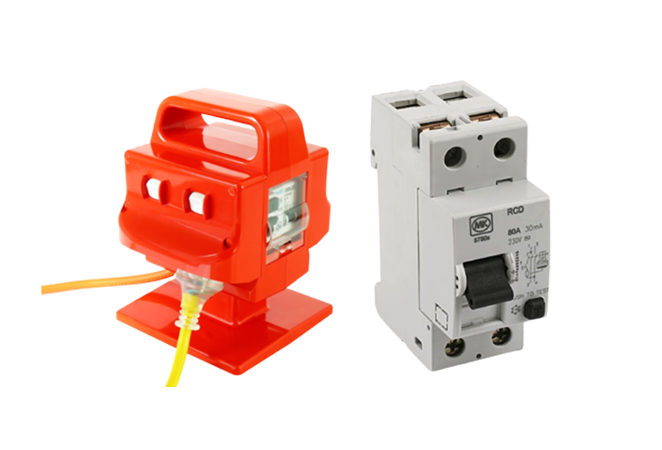RCD Trip Time Measurement

Do you have some electrical equipment situated in high-risk areas?
Want to protect your staff from being electrocuted?
Or perhaps it is time for your routine check to ensure you are compliant with Australian standards?
The purpose of this test is to ensure the proper operation of residual current devices (RCD) built into appliances/installations and portable residual current devices (PRCD). Trip-out time measurement verifies the sensitivity of a (P)RCD at selected residual currents.
We test the (P)RCD two times, first time on the positive start polarity, then a second time on the negative start polarity.
A residual current device (RCD) or a residual current circuit breaker (RCCB), known as a safety switch, is designed to isolate power when it detects an imbalance between the active and neutral conductor.
These imbalances are usually caused by a current leakage into the earth. This leakage can be caused by a faulty appliance, wet conditions, insects, etc.
CD/RCCBs are designed to disconnect power to the circuit when a difference is detected. For example, when a person touches an appliance with a loose active wire that is touching the metal casing, a current will flow through their body to the earth. This disconnection, or tripping, of these 30mA circuit breakers, should happen within a legal time of 300ms, but less is better! New circuit breakers trip between approximately 10ms and 30ms.
10mA RCDs may be used in areas of increased risk. For instance, circuits supplying outdoor equipment, bathrooms, kindergartens and hospitals.
30mA trip sensitivity is the minimum requirement for providing personal protection. RCDs with lower trip sensitivity (i.e. 100mA or above), may be selected to avoid unwanted nuisance tripping when installing the RCD for equipment protection.
RCD's should be tested in regular intervals to ensure workplace safety as well as compliance.
Ensure Electrical Safety in Your Workplace. Book in Your (P)RCD Testing.


ElectroTechnics Test and Tag is your premium contact for all workplace electrical testing and tagging and RCD trip time measurements.
Browse Our Website
Contact Information
Phone: 02 4063 1452
Serving Greater Sydney, Wollongong and Shellharbour Region.
Locations
Mon-Fri 08:00 AM - 05:30 PM


